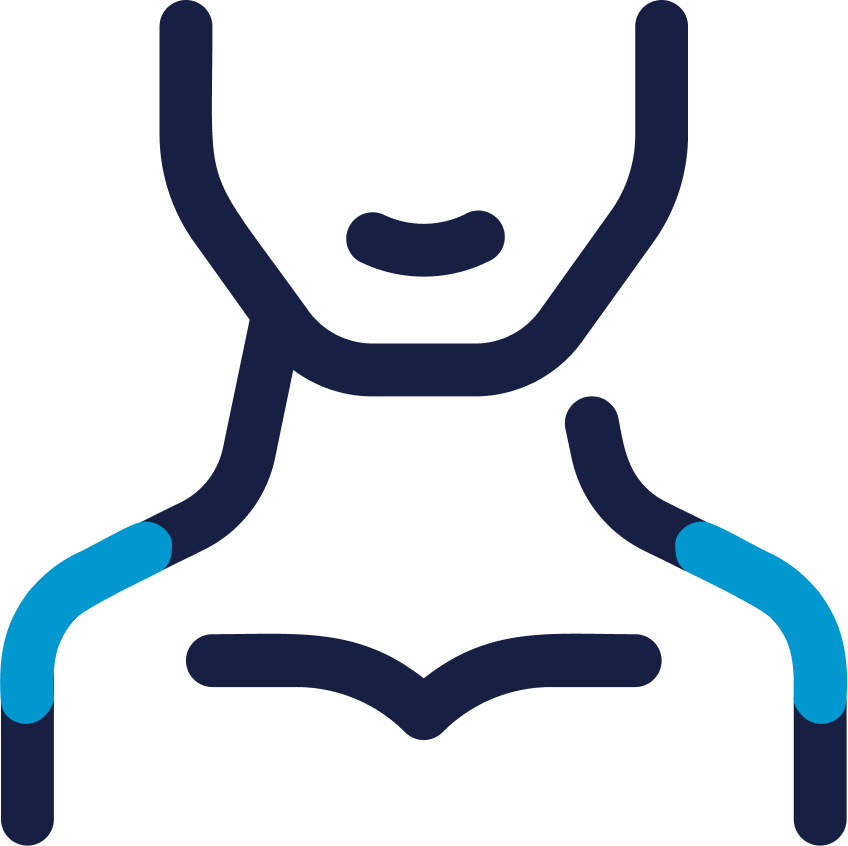
- Specialty Procedures
- /Shoulder

Rotator cuff injuries are a very common cause of pain and disability. In 2008, nearly two million Americans sought medical treatment for problems with their rotator cuffs. The rotator cuff is made up of four muscles in the shoulder, and these muscles provide stability and flexibility for the shoulder joint. When any of these muscles are injured, the result is weakness in the shoulder, reduced mobility, and significant pain.
Signs of a rotator cuff injury include sharp pain with certain shoulder motion, pain at rest described as an “ache” in the front of the shoulder, reduced mobility and weakness in the arm. Additionally, patients may experience difficulty completing activities behind the back and over the head, such as combing the hair or zippering zippers behind the back. Patients may also experience difficulty sleeping, especially while lying on the affected shoulder.
There are both surgical and non-surgical treatment options available for repairing a damaged rotator cuff. After performing a comprehensive physical examination and assessing the results of imaging tests, such as X-rays and MRI scans, you and your orthopaedic surgeon will discuss and determine the best treatment option for you.
Your orthopaedic surgeon may recommend arthroscopic surgery for the following reasons:
Non-Surgical
The majority of the people who are diagnosed with a rotator cuff injury do not require surgical treatment. Nonsurgical treatments can be highly effective for relieving pain and improving the function of the shoulder.
Nonsurgical treatment options for a rotator cuff injury may include:
Surgical
Arthroscopic surgery is the most common surgical treatment for repairing a damaged rotator cuff. When compared to traditional open surgery techniques, arthroscopic surgery is less invasive; therefore, postoperative pain is reduced and scarring is minimal. An experienced arthroscopic surgeon can fix even the largest tears completely, without any incisions larger than 1cm. Furthermore, the initial recovery time for arthroscopic surgery is typically faster than the recovery times associated with traditional open surgery.

